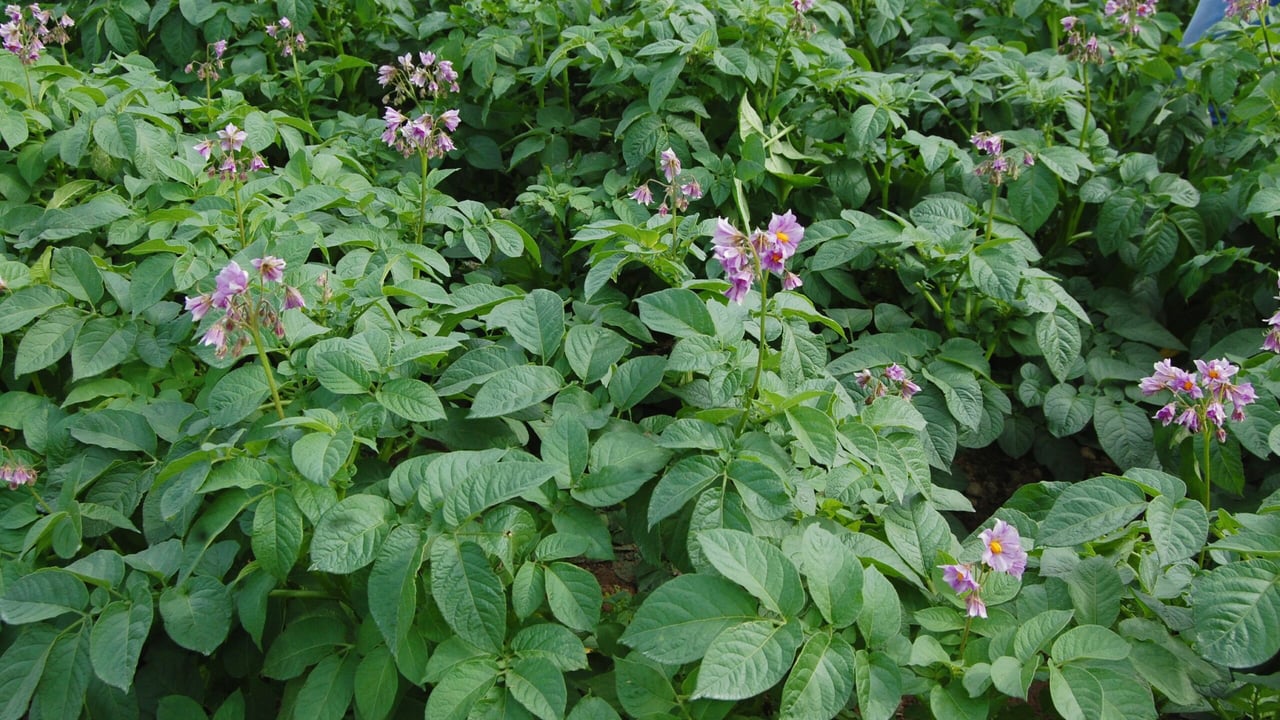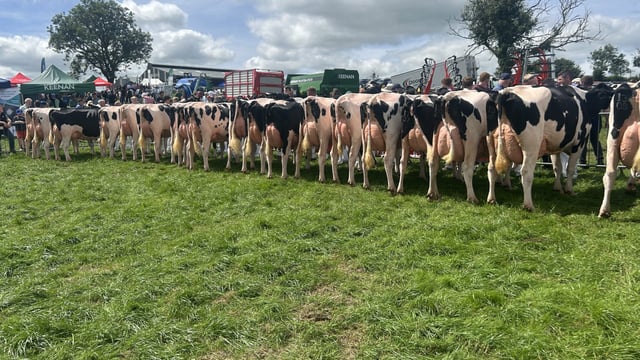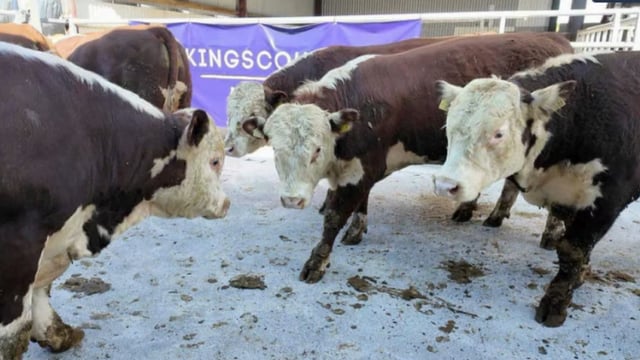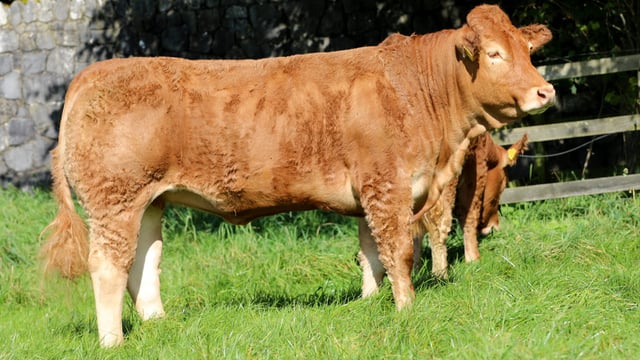Dry weather 'may well impact on potato yields' - specialist
The recent dry weather and the promise of more to come may act to take the edge off maincrop potato yields, according to Teagasc tillage specialist, Shay Phelan.
The tillage specialist explained: “Soil moisture deficits remain extremely high in many parts of the country, particularly the south-east.
“And this may well impact on potato yields as the season progresses.”
“Many growers may have access to irrigation systems. But they may not have enough to get around all of their potato acreage in a timely fashion.”
According to Phelan, one "upside to the dry conditions" will be a reduction in potato volumes over the coming months, which could act to strengthen market prices for growers.
Meanwhile, the winter barley harvest continues apace. Recorded yields up to this point are in the range 3.5t-4.2t/ac.
Grain quality is good and dry matters are coming at around 15%. Straw quality is reported to be excellent.
Phelan said: “All crops are maturing at an accelerated rate. And, again, this reflects the continuing dry weather.
“Once the winter barley has been harvested, the pecking order beyond that will probably be: winter oats; winter oilseed rape; and then winter wheat.
“But in some parts of the country, I wouldn’t rule out spring barley being harvested before the end of July.”
“The downside to an early harvest is crops not reaching their full yield potential," Phelan added.
Looking ahead, the Teagasc tillage specialist indicated that growers should consider establishing catch crops, once a bit of moisture has returned to soils.
Varietal options here include forage rape, a brassica species that is capable of trapping nitrogen.
The fast-growing crop features a tap root and is suitable for grazing. However, care is needed as it is not suitable when oilseed rape is grown in the rotation.
Meanwhile, phacelia is suitable in rotations with oilseed rape. Featuring a fibrous root system, it is a fast-growing crop capable of capturing nitrogen.
Another fast-growing catch crop species that will trap nitrogen is buckwheat. Again, featuring a fibrous root system, it is a phosphorous enabler in high pH soils but has poor frost tolerance.
A legume species, vetch is a fast-growing crop that will fix nitrogen. Although winter hardy, care is needed if including other legume crops within a rotation.
Phelan also recognises the key role that slurries can play as a fertiliser source for tillage crops.
“There is absolutely no requirement to spread slurry on stubble ground," he said.
"The best time to do this is during the early spring period when crops are actively growing.”





